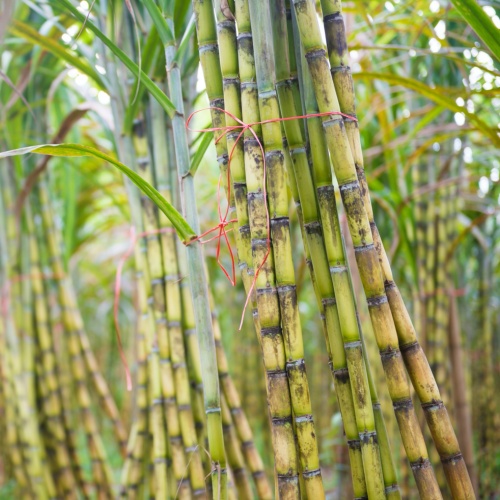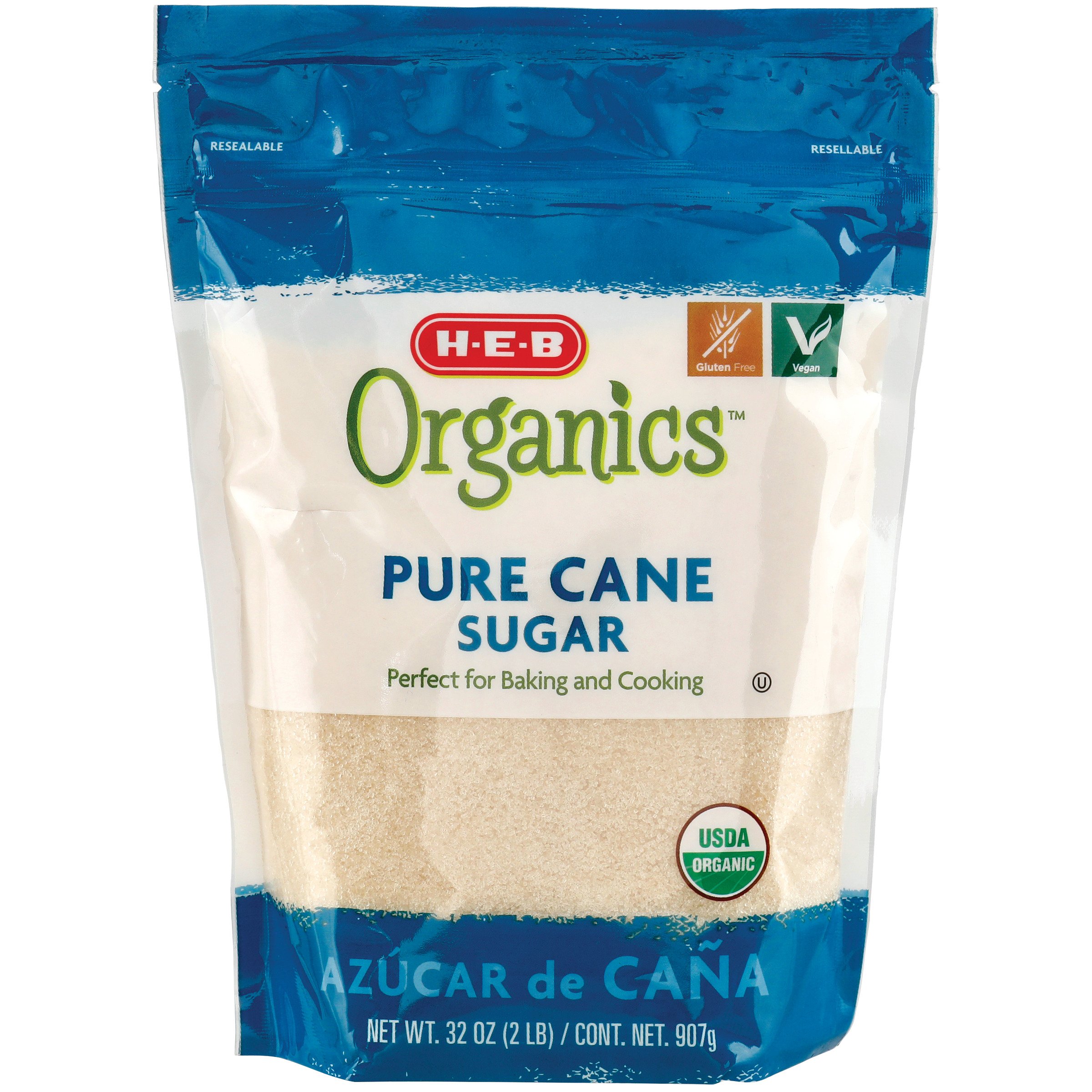Cane Sugar Processing: From Area to Table-- A Step-by-Step Guide
Cane Sugar Processing: From Area to Table-- A Step-by-Step Guide
Blog Article
Recognizing the Vital Techniques and Technologies Utilized in Modern Walking Stick Sugar Processing
The advancement of walking stick sugar processing has actually been considerably formed by the integration of sophisticated methods and innovations that address both performance and sustainability. As we check out these crucial improvements, it comes to be vital to analyze how they not only boost production but likewise straighten with wider industry patterns and customer needs, increasing concerns concerning the future of sugar processing and its ramifications for international markets.
Historic Context of Walking Stick Sugar Handling
The historic context of walking stick sugar handling reveals a rich tapestry of agricultural innovation and social exchange that has shaped its development over centuries. The process of fine-tuning and extracting sugar got momentum in India, where methods for condensation were perfected around the 6th century.

Advanced Removal Techniques
Efficiency in cane sugar extraction has actually seen significant innovations, driven by the need for higher returns and lower manufacturing costs. Typical approaches have actually evolved, paving the way to cutting-edge modern technologies that enhance the efficiency of the extraction procedure. One notable innovation is the usage of enzyme-assisted extraction, wherein details enzymes break down cell walls and launch even more sucrose from the walking cane fibers. This method not only enhances sugar yield however likewise lowers the energy required for processing.
Additionally, the fostering of membrane layer filtering technologies, such as nanofiltration and turn around osmosis, has actually transformed the splitting up of sugar from pollutants. These approaches permit the selective permeation of sugar particles while preserving bigger contaminants, improving the extraction process and decreasing waste.
Moreover, the integration of continual extraction systems has actually caused enhanced operational efficiency. Cane Sugar Processing. These systems keep a continuous circulation of walking stick product, making certain optimal removal conditions and reducing downtime related to batch processing
Ingenious Refining Technologies
Refining strategies in walking cane sugar processing have actually undergone a transformative shift, driven by the demand for greater pureness and boosted item quality. One of the most noteworthy innovations is the fostering of membrane filtering technologies, such as ultrafiltration and nanofiltration. These procedures effectively remove contaminations and colorants without the demand for considerable chemical treatments, thereby preserving the sugar's natural taste and improving its allure.
Another substantial advancement is making use of ion exchange materials, which allow for careful removal of undesirable ions from sugar services. This modern technology not only increases the general pureness of the final item yet additionally adds to minimized waste and environmental influence.
Furthermore, improvements in adsorption strategies, using triggered carbon and other sophisticated materials, have shown effective in decolorizing sugar remedies while maintaining optimum high quality. The assimilation of these ingenious refining modern technologies guarantees that manufacturers can produce refined sugar with premium clarity and preference, fulfilling the evolving preferences of customers.
Automation and Control Equipment
Current advancements in refining technologies have actually led the method for substantial renovations in automation and control systems within walking stick sugar handling facilities. These systems make use of innovative software program and hardware to improve operational performance, reduce human mistake, and make certain consistent product high quality.
Modern review automation integrates different parts, including sensing units, actuators, and programmable reasoning controllers (PLCs), allowing real-time surveillance and control of important processes. As an example, flow, temperature, and pressure prices can be specifically controlled throughout removal, explanation, and condensation phases, maximizing performance and decreasing waste.
Moreover, progressed data analytics and artificial intelligence algorithms play an essential duty in anticipating upkeep, enabling operators to prepare for devices failings prior to they occur. This aggressive technique not only minimizes downtime yet likewise expands the life-span of equipment.
In enhancement, automation assists in the implementation of Industry 4.0 principles, encouraging sugar mills to achieve greater connection and data exchange throughout procedures. Because of this, decision-making becomes more enlightened and agile, inevitably enhancing the general competitiveness of cane sugar manufacturing. With these improvements, the sector is well-positioned to satisfy expanding worldwide needs while preserving operational excellence.
Sustainability Practices in Sugar Production
Sustainability practices in sugar production have become significantly necessary as the market looks for to balance financial practicality with ecological responsibility. As customer recognition grows relating to the environmental impacts of agricultural methods, sugar manufacturers are embracing innovative methods to minimize their ecological impact.
One significant technique is the application of precision farming methods, which utilize data analytics to enhance resource usage, such as water and plant foods. This lowers waste and lessens the influence on local communities. Moreover, lots of producers are transitioning to sustainable power sources, such as biomass from sugarcane results, to power their operations, thus lowering reliance on nonrenewable fuel sources.
Water monitoring methods are also vital; rainwater harvesting and reliable irrigation systems help mitigate water deficiency concerns. Cane Sugar Processing. Additionally, integrated pest administration strategies lower chemical use, advertising biodiversity and dirt health and wellness
Company social responsibility campaigns are arising, with business buying view it neighborhood neighborhoods and guaranteeing fair labor techniques. By accepting these sustainability practices, the sugar sector not just improves its online reputation yet also adds to a much more lasting agricultural landscape, leading the way for future generations.

Verdict
In summary, contemporary walking cane sugar handling incorporates a series of next innovative strategies and modern technologies that considerably boost yield, performance, and sustainability. The fostering of ingenious extraction and refining techniques, together with automation and control systems, helps with enhanced operational efficiency and product quality. Additionally, the focus on lasting methods emphasizes a dedication to lessening ecological influence and promoting ethical production. Collectively, these developments position the walking cane sugar sector to meet contemporary demands while attending to important global challenges.
The development of walking cane sugar handling has been substantially shaped by the assimilation of sophisticated techniques and innovations that address both efficiency and sustainability.The historical context of walking stick sugar handling exposes an abundant tapestry of agricultural technology and social exchange that has actually shaped its advancement over centuries. Technologies in milling and refining arised, laying the foundation for modern cane sugar handling.Refining strategies in cane sugar processing have actually undergone a transformative change, driven by the need for greater purity and improved product top quality.In recap, modern walking stick sugar processing incorporates a range of innovative methods and innovations that significantly boost yield, effectiveness, and sustainability.
Report this page